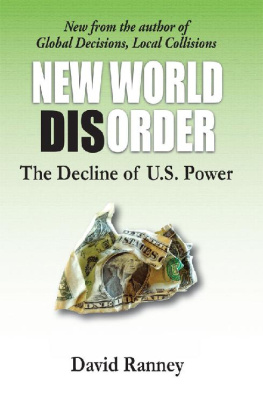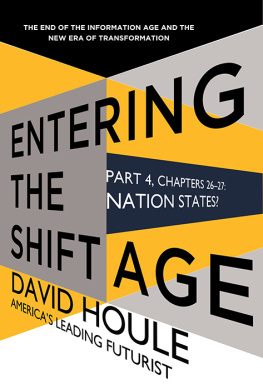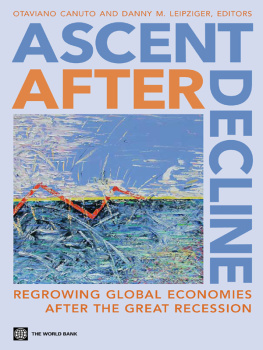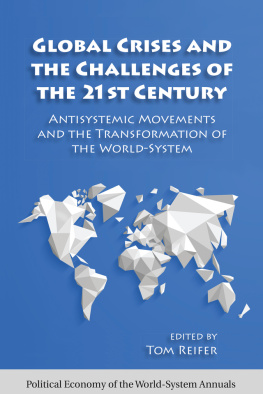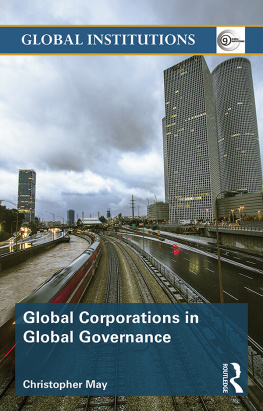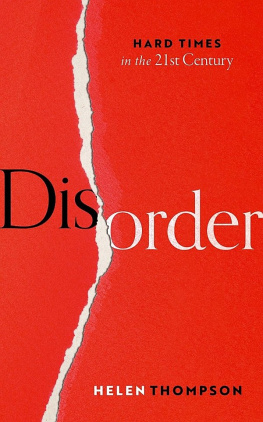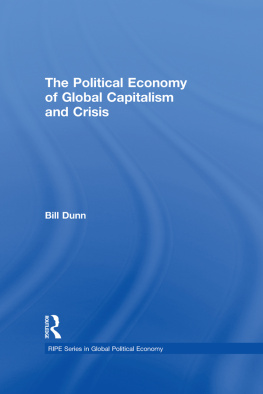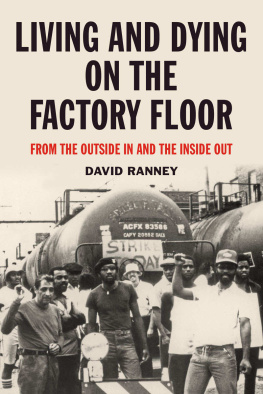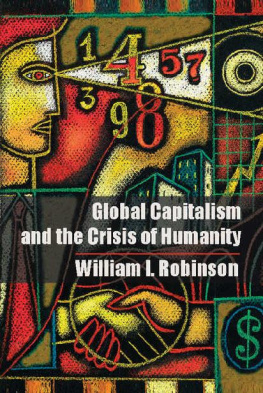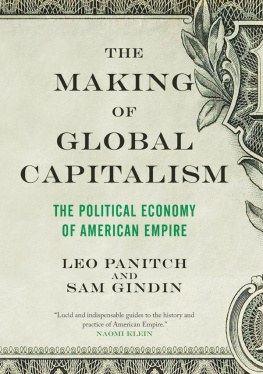New World Disorder
The Decline of U.S. Power
By David Ranney
Copyright 2014 David Ranney
All rights reserved.
ISBN-13: 978-1493740222
Acknowledgements
A number of people have been very helpful to me as I wrote the book. Several of these people read an earlier version of the manuscript and offered very useful comments. These included Dan Baker, Teresa Cordova, John Garvey, Loren Goldner, Don Hammerquist, Peter Little, Nick Paretsky, Bob Wagner, and Pat Wright. Mari Anderson and Fritz Damler assisted with the editing and have formatted it for publication. Mari Anderson also did the cover design. Pat Wright not only read and commented on the manuscript, she discussed the ideas and concepts with me nearly every day for the past year. She continuously encouraged me to keep at it when I was struggling with the project. Thanks, one and all!
Table Of Contents
Preface and Overview
During the year 2000 I wrote a book called Global Decisions, Local Collisions: Urban Life in the New World Order. The book, published in 2003, was a reflection on the past two decades of my work as a community and labor organizer and activist academic. Among my conclusions, was that in the 1970s and 1980s we experienced what I call a crisis of value. In response, the entire capitalist system underwent a radical restructuring which brutally displaced workers from their jobs and homes. Yet the restructured system, named a New World Order by President George H. W. Bush, was not sustainable. It was built on a house of cardsactually a house of credit cards. The New World Order was running on the illusion of fictitious capital in the form of bad credit. Today that house of cards is falling. We are once again in a crisis of value. I argue in this book that the present crisis of value will result either in the replacement of the global capitalist system or a radical restructuring of the system as has happened in the wake of past crises. This is a time of great opportunity for the creation of a world in which the full and free development of every human being is its ruling principle.
But it is also a time of great peril. The dominant role of the U.S. in the world that has persisted since the mid 1940s, and todays global form of capitalism are being challenged from many quarters. And that challenge is likely to succeed. What will take its place is not clear. In the U.S., all politicians seem intent on holding onto the present American dominated system. I will argue that this will ultimately fail no matter which party comes to power. Proposals from liberal think tanks that include increased government spending, job sharing, transactions taxes, and best practices wont work either. Conservatives wish to return to Reagan era trickle down programs and massive social program cuts. This approach didnt work for Reagan and it wont work this time either.
The challenge from the left, despite the rise of the Occupies, is weak and disjointed. Meanwhile there is a rise in right wing challenges to capitalism. The logic of the far right challenge could lead to a new brand of fascism. The following book continues the analysis begun more than a decade ago to explain the falling house of cards and examine a variety of prospects for the future.
If we understand clearly what has happened in the past and what is happening now, we can then make informed choices about the directions we need to go and thus participate in shaping our own future. It is toward that end that I wrote this book. What ends up happening is really up to all of usthe thought and actions we take and dont take. Below is a summary of the key points I will develop in the remainder of the book.
- The crash of 2008-2009 marks the appearance of a crisis of value ()
- A crisis of value emerges when the claims on the value generated by the entire global capitalist system are greater than the system is capable of producing. ()
- This suggests that what we experienced beginning in 2008 was not simply the worst recession since the Great Depression as many politicians love to say, and what is happening today is not a slow recovery or any sort of recovery. We are at the beginning point of a much more serious crisis. ()
- Crises of value have emerged throughout the history of capitalism and are inherent in the capitalist system itself. ()
- Historically, when such crises have occurred there have been nasty periods of churning and flailing as businesses, governments and people frantically seek a way out of the mess. ()
- In each case, the result has been massive destruction of claims on value and a radical restructuring of the system that has temporarily resolved the crisis. ()
- The last major crisis of value emerged in the late 1960s. The period of churning and flailing lasted until the early 1980s. ()
- The churning and flailing from the late 1960s to the early 1980s included the destruction of industry in the U.S. and much of Europe and its relocation to lower wage regions of the world. It also included radical changes in technology and institutions that made the relocation possible. ()
- A New World Order that has also been referred to as globalization, the Washington consensus, or neoliberalism, took root in the 1980s. ()
- The New World Order included: movement of industrial production to low wage areas of the world, the elimination of government or union restrictions on that movement, and economic policies that favored anti-inflationary strategies even in the face of unemployment. ()
- The New World Order has contributed to the acceleration of environmental degradation. ()
- A key to the functioning of the New World Order is the use of household debt to make up for the loss of wages due to the movement of industry to low wage areas. ()
- Similarly, government debt was used to make up for the loss of tax revenues that resulted from loss of jobs and income as the manufacturing sector in the U.S. and Europe was destroyed. ()
- Debt was also used in low wage areas of the world as a way to penetrate their economies, making them available to corporations from industrialized nations. ()
- Debt was transformed from simply a series of loans, to commodities that could be bought and sold in global financial markets. Turning debt into a commodity made possible the massive increases in global debt. ()
- The contradictions in the New World Order system have generated a new crisis of value that we face today. ()
- By running much of the New World Order on debt made possible by buying and selling that debt, the system has created what I call phantasms. These phantom markets for debt have become increasingly removed from any real products, yet they impact prices people pay for real goods and services, including food and housing. ()
- Phantasms generate money for a few but are ultimately not sustainable, as the housing market crash demonstrated. Yet at the same time these markets are essential for the New World Order to continue. In this sense the creation and functioning of New World Order markets contribute to the self-destruction of the New World Order. ()
- The fundamental role of governments in any system is to protect the system it governs. ()
- The economic, military and foreign policies of governments today are designed to protect the New World Order. ()
- Because it promotes and protects policies that are deepening the present crisis of value, governments are actually contributing to the crisis and to the ongoing self-destruction of the New World Order. ()
- It is quite possible that the global churning and flailing we are experiencing will continue for some time. This includes uprisings and civil wars, bickering between conservative and liberal politicians over equally untenable policies and programs, an ongoing fiscal crisis, further environmental degradation, and in the U.S., a state of permanent war and the evolution of an increasingly intrusive national security state. ()

